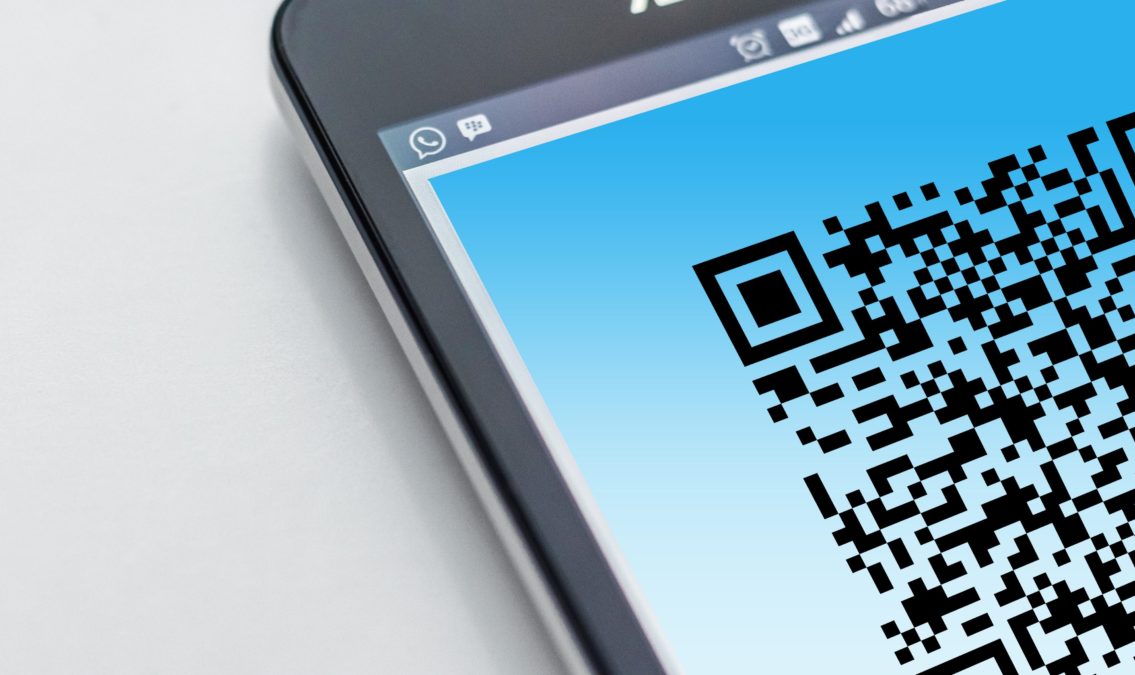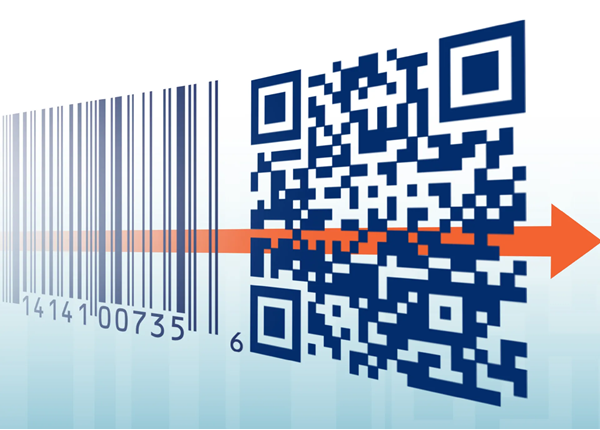What is a 2D Barcode? What is it Used for?


In today’s fast-paced digital world, the need for efficient data storage and retrieval has never been more critical. As businesses strive to enhance operational efficiency and accuracy, 2D barcodes have emerged as a powerful tool.
Unlike traditional 1D barcodes, which are limited in the amount of data they can store, 2D barcodes offer a robust solution capable of holding a wealth of information in a compact format.
This article explores the features, benefits, and applications of 2D barcodes, highlighting their growing importance across various industries.
Two-dimensional (2D) barcodes incorporate rectangles, dots, hexagons, and other geometric patterns to form scannable squares and rectangles. The first 2D barcode was developed by David Allais at Intermed Corporation in 1987.
2D barcodes hold a great deal of information and data because they store information horizontally and vertically. In fact, 2D barcodes can store up to 7,089 characters, which is a much greater storage capacity than the 20-character capacity of standard barcodes.
2D barcodes are used in manufacturing, warehousing, logistics, and healthcare, and they are popular because they are legible when printed in small sizes and when etched onto a product.
2D barcodes include data matrix, QR code, and PDF417 codes. These codes all use patterns of geometric shapes to encode data, and they hold more data than 1D codes.

2D barcodes offer a range of advantages that make them highly valuable for businesses across various sectors:
These benefits underscore why 2D barcodes are increasingly favored by organizations seeking to improve accuracy, efficiency, and data management capabilities.
2D barcodes have become indispensable across a variety of industries due to their ability to store extensive data and improve operational efficiency.
| Feature | 1D Barcodes | 2D Barcodes |
|---|---|---|
| Data Capacity | Limited to a few dozen characters | Can store thousands of characters |
| Scanning Direction | Must be scanned linearly | Can be scanned from any direction |
| Error Correction | No error correction | Includes error correction capabilities |
| Information Type | Basic product information | Detailed product information |
| Common Uses | Price lookup at retail checkouts | Inventory management, marketing, logistics |
| Examples | UPC codes | QR codes, Data Matrix codes |
1D barcodes are primarily used for basic tasks like price lookups at retail checkouts due to their limited data capacity.
In contrast, 2D barcodes offer significant advantages with their ability to store more complex data types, including URLs and detailed product information. They are versatile and can be scanned from any angle, making them ideal for applications that require robust data handling and error correction, such as healthcare, warehouse logistics, and consumer engagement
In conclusion, the adoption of 2D barcodes represents a significant advancement in data management technology. Their ability to encode large amounts of information in a small space makes them invaluable for modern businesses seeking to streamline operations and reduce errors.
As industries continue to evolve and embrace digital transformation, the versatility and efficiency of 2D barcodes will undoubtedly play a pivotal role in shaping the future of inventory management and asset tracking. Embracing this technology could be a key factor in maintaining competitiveness and achieving operational excellence.
Our sales engineers are experts in automatic asset tracking, tagging and identification,a nd can answer all your questions. Get in touch now.
Lets Talk ›Enter your information and get a free checklist of the top questions to answer and tips to plan a successful asset tagging project for any asset management or tracking system implementation.